
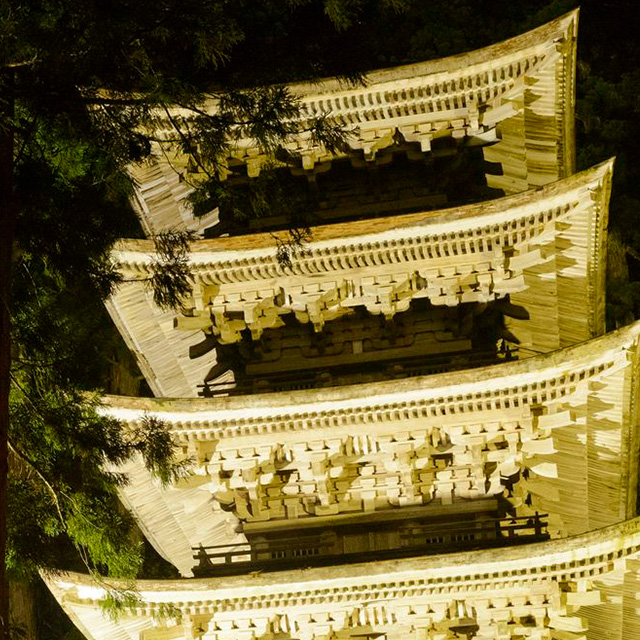
Fully enjoy the four seasons of Japan
Yamagata boasts many captivating sightseeing locations,
including Mogami River, known as one of Japan’s three most rapid rivers where visitors can enjoy beautiful scenery from
season to season and boat rides down the river, and Yamadera Temple,
a scenic temple located in the mountains made famous by Matsuo Basho, a famous Japanese poet.
Centrally located and directly connected to JR Yamagata Station,
Hotel Metropolitan Yamagata offers convenience and the perfect location for exploring the sights of Yamagata.
- Sightseeing/Nature
- Arts/Culture
- Experience

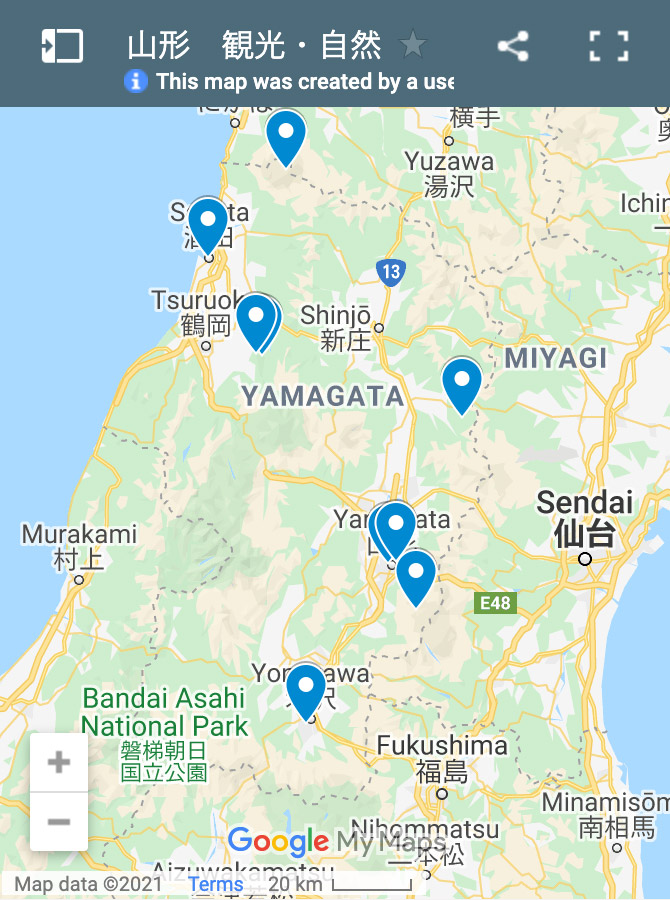
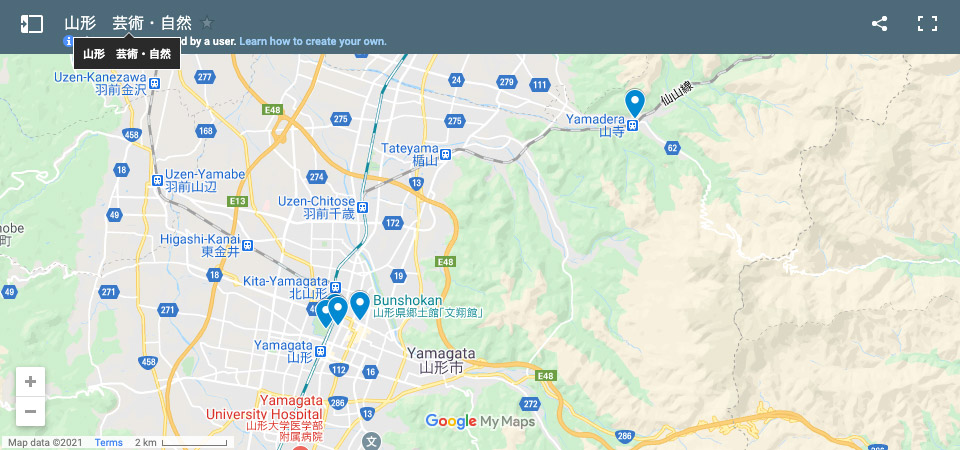
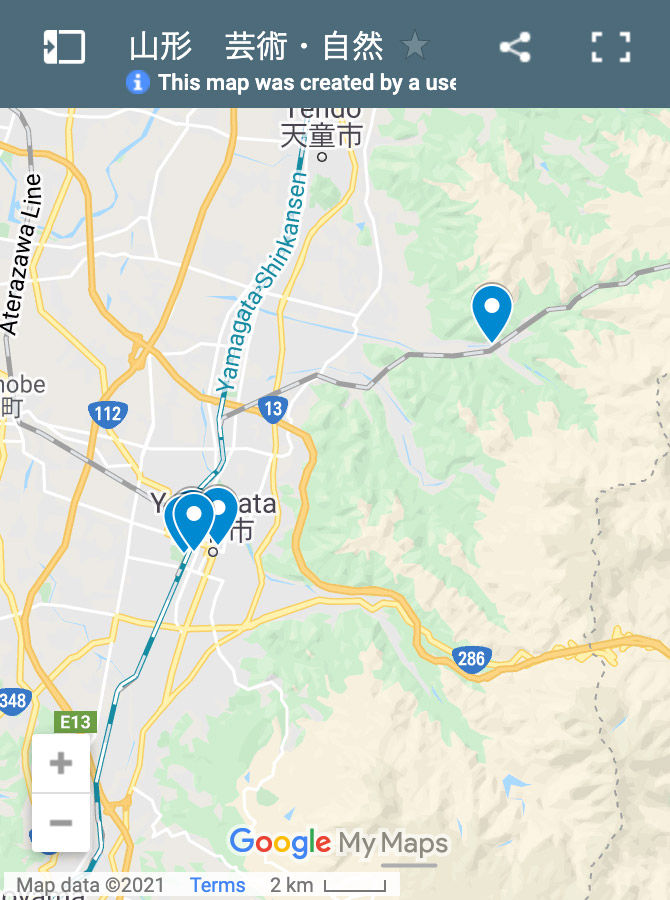
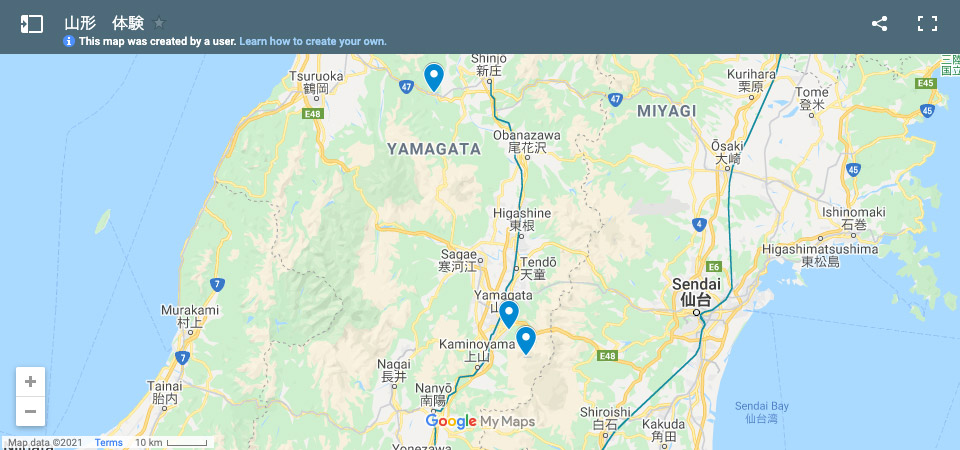
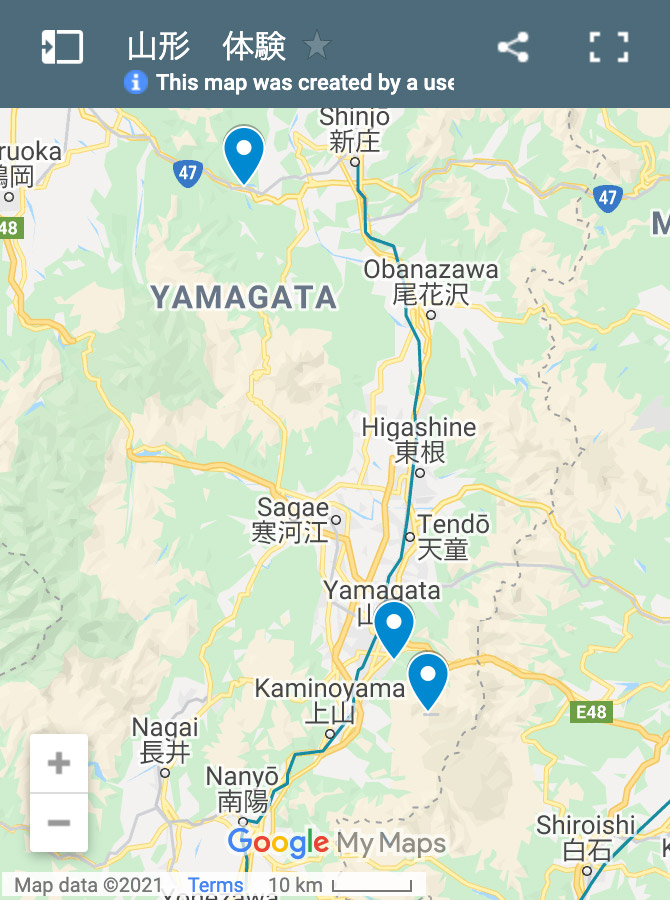
Sightseeing/Nature
-
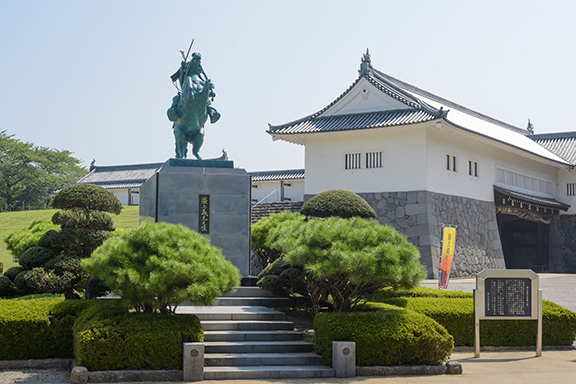
Kajo Park (Yamagata City)
Kajo Park is a municipal park designated a national historic site in 1986 that is located in the heart of Yamagata City on the site of the former Yamagata Castle. The site is also famous for its cherry blossoms, totaling 1,500 trees which bring the park to life in full color in spring. The park is also home to the Yamagata Prefectural Museum and City Folk Museum.
-
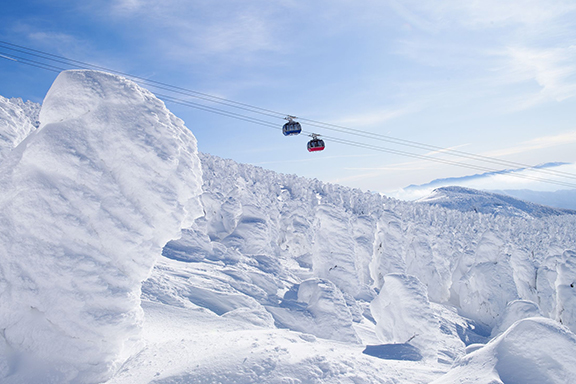
Zao Ice Trees (Yamagata City)
Seasonal winds blowing from Siberia, pick up moisture from the Sea of Japan to cover the trees with snow. This natural work of art is the pride of Yamagata.
-
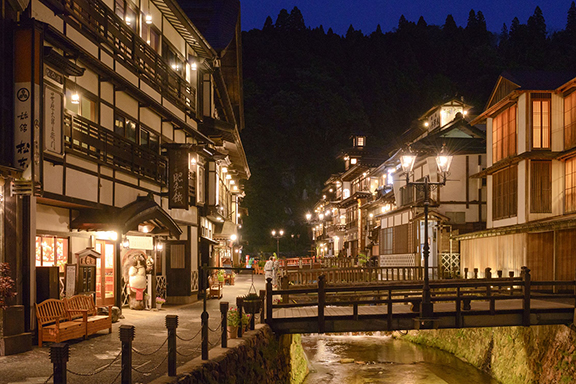
Ginzan Hot Springs (Obanazawa City)
This is a hot spring area steeped in the romantic feel of the Taisho era, its streets lined with traditional multi-story, timber Japanese inns It is known for its milky white springs mixed with fine minerals. *Admission restrictions are in the place during the winter season. For more detail, please check Ginzan Onsen Official Website.
-
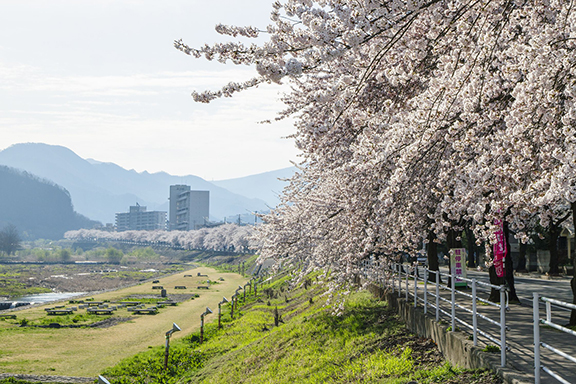
Mamigasaki Sakura Line (Yamagata City)
Approximately 200 cherry trees line the banks of the Mamigasaki River. These trees are illuminated in the evenings, enabling visitors to stroll down a corridor of mystical cherry blossoms and enjoy a very different outlook to that during the day. Inland from here, people can also visit a number of other locations famous for their cherry blossoms, including the Sargent’s Cherry in Nishi Zao Park, the Kubo Cherry tree at Isazawa, a tree aged 1200 years designated a national Natural Monument and the cherry blossoms surrounding Kaminoyama Castle.
-
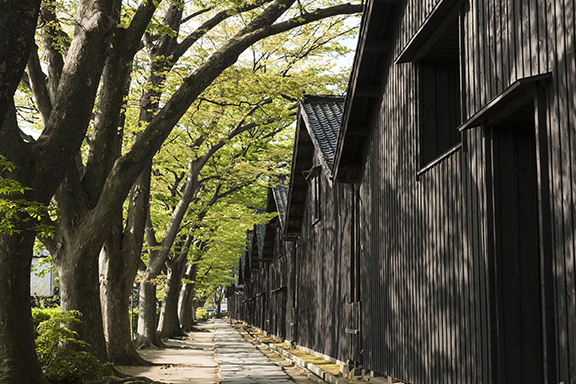
Sankyo Soko Rice Storehouse (Sakata City)
Rice storehouse constructed in 1893 by former lord Sakai. Even now, after more than 100 years, these storehouses are still in use today.
-
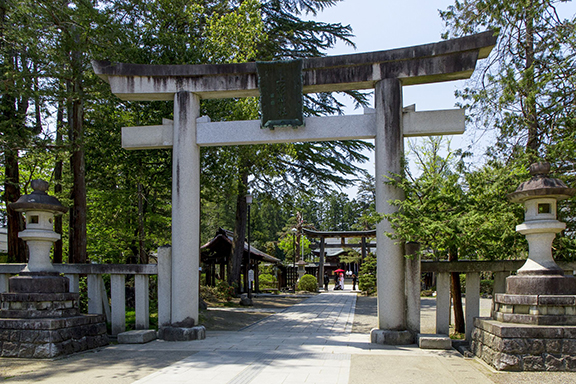
Uesugi Shrine (Yonezawa City)
This shrine is dedicated to Uesugi Kenshin of the Yonezawa Clan. The shrine is visited by many worshippers from all over Japan during the new year and throughout the year, to pray for weddings and for safety throughout the year.
-
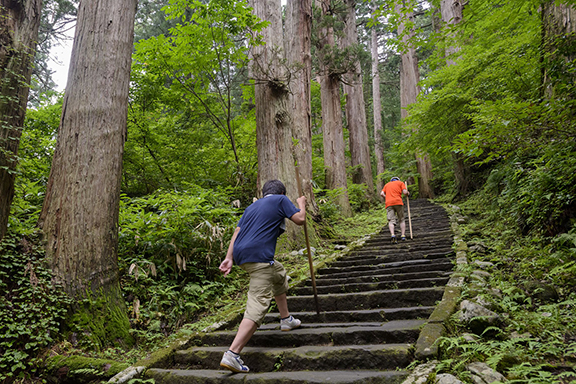
Hagurosan Sando (Tsuruoka City)
This is a path that leads from the Zuishinmon gate to the top of the mountain. The path is comprised of 2,446 stone steps, lined on both sides by over 400 cedar trees designated special natural monuments.
-
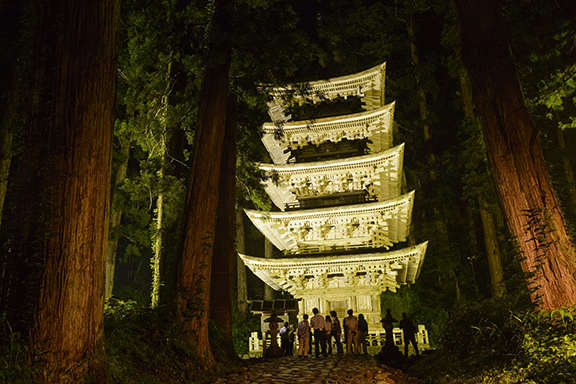
Hagurosan Five Story Pagoda (Tsuruoka City)
This pagoda, built by Taira no Masakado, is said to be the oldest pagoda in the Tohoku region. It was designated a national treasure in 1966.
-
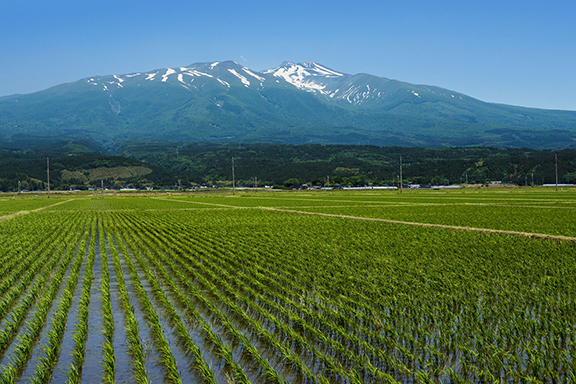
Mt. Chokai (Sakata City, Yuza-cho)
The second highest peak in Tohoku, the mountain is also known as Dewa Fuji. Rising from sea level, this rare mountain is included in the top 100 most famous mountains in Japan.
Arts/Culture
-
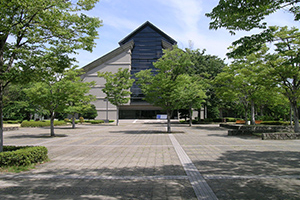
Yamagata Museum of Art (Yamagata City)
Yoshio Hattori, former president of the Yamagata Shimbun (Newspaper) and Yamagata Broadcasting Co., was a central figure in the establishment of a foundation which led to the Yamagata Museum of Art being opened in August 1964. The museum was opened based on the concept of providing a museum that could be enjoyed by all residents of the prefecture, making it larger than a public museum.
-
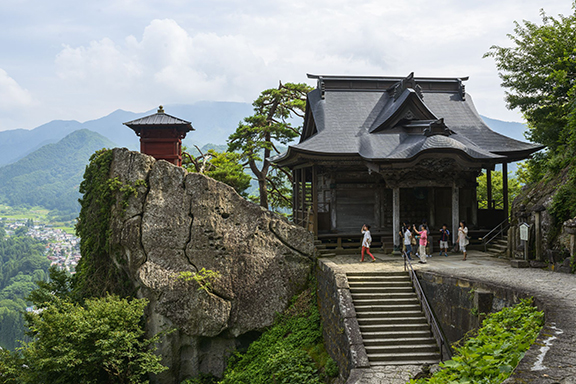
Yamadera Temple (Yamagata City)
“Such stillness / the cries of the cicada / sink into the rocks” Made famous by this haiku written by revered Japanese poet, Matsuo Basho, Yamadera was founded by Jikaku Daishi in 860.
-
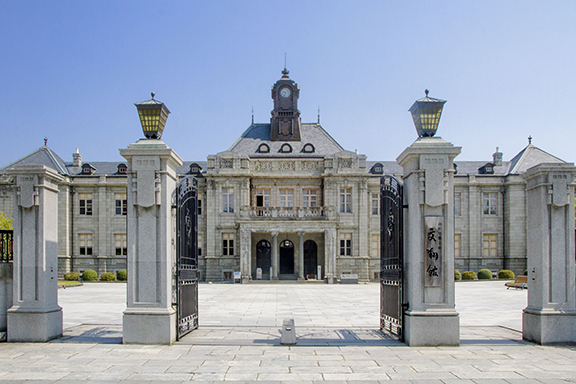
Yamagata Prefecture Local Museum (Bunshokan) (Yamagata City)
The “Bunshokan” (former prefectural office and assembly) building is built of red brick in the English Neo-Renaissance style in 1916. It was designated a national Important Cultural Property in 1984 as an important building representative of Western architecture of the early Taisho period. The building underwent restoration works spanning a period of 10 years from 1986 and now serves as the Yamagata Prefectural Local Museum, open to the public free of charge.
-
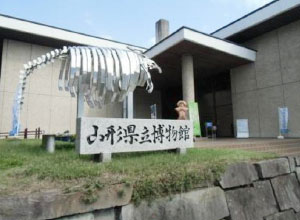
Yamagata Prefectural Museum (Yamagata City)
Yamagata Prefectural Museum has a proud history spanning 43 years since it was opened in April 1971. The museum is comprised of the main building (Kajo Park Yamagata City), Educational Resources Museum (Midori-cho, Yamagata City) and the Nature Study Park (Higashimurayama-gun, Yamanobema-cho, Hataya). The main building is a general museum covering themes that include, earth science, flora, fauna, archeology, history, folklore and education. The main building is also home to the exhibit of the “Jomon no Megami” (Jomon Goddess) a national treasure believed to be the largest intact clay figure to have been discovered in Japan.
-
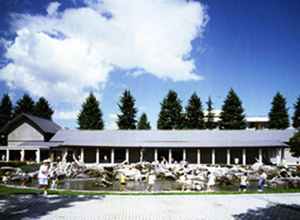
Mogami Yoshiaki Historical Museum (Yamagata City)
This museum, named after a military commander of the Warring States Period, Mogami Yoshiaki, also a figure who built the foundation for prosperity in Yamagata, is responsible for collecting, storing and research into historical material regarding the Mogami family, now in fear of being scattered and lost while also releasing it to the general public. It was constructed by Yamagata City as a facility in honor of Yoshiaki and the Mogami family and opened on December 01, 1989.
Experience
-
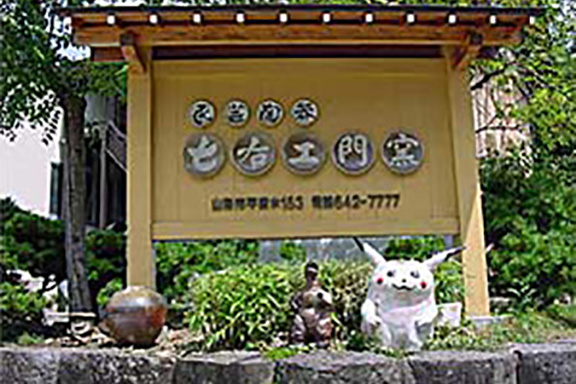
Shichiemongama -Hirashimizuyaki Pottery Workshop (Yamagata City)
Hirashimizu is a pottery village with vestiges of the old streetscape still in place. Shichiemongama uses clay sourced from local Mt. Chitose rich in iron sulfide to create traditional pottery that is bursting with charm. You can also decorate your own creations at the workshop.
-
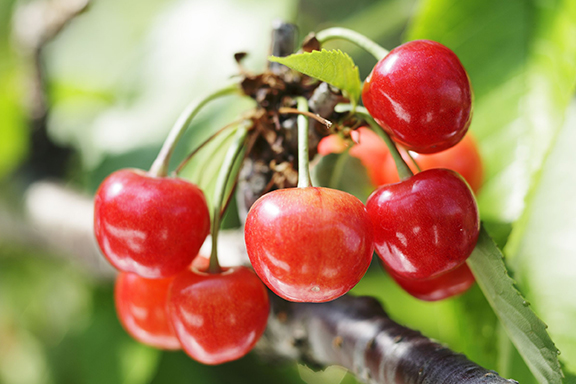
Cherry picking (Yamagata, Sagae, Tendo, Higashine, Kaminoyama Cities)
Yamagata boasts Japan’s top cherry production. Cherry picking is a popular activity during the peak season at the start of summer, when the delicious cherries hang like bells from the trees.
-
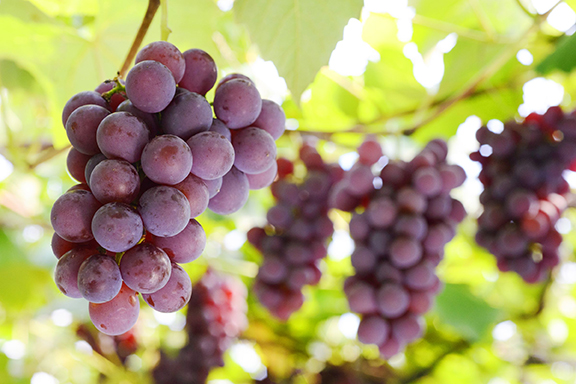
Grape picking (Nanyo, Tendo, Higashine Cities)
Yamagata is also known as one of Japan’s leading grape production areas. Visitors can pick a number of grape varieties, including Kyoho, Delaware and Pione grapes.
-
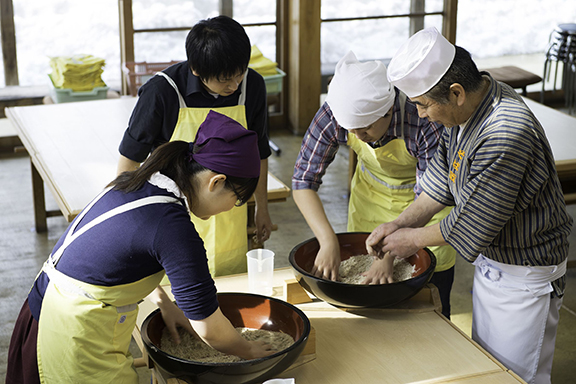
Soba noodle workshop (All areas around Yamagata)
Try your hand at making soba noodles under the watchful eye of an experienced instructor. You can choose to eat your noodles there on the spot or take them home with you. There is nothing like the taste of noodles you have made yourself.
-
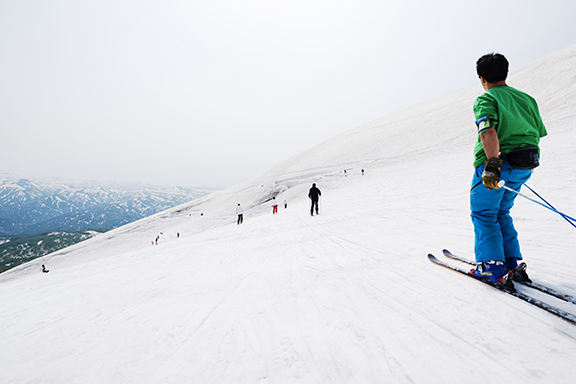
Mt. Gassan Summer Skiing (Nishikawa)
Mt. Gassan is a rare ski resort that is open from spring to early summer due to the very heavy snowfall. It attracts skiers from all over Japan who flock to see the residual snow, fresh shoots on the beech forests and dynamic panoramic views.
-
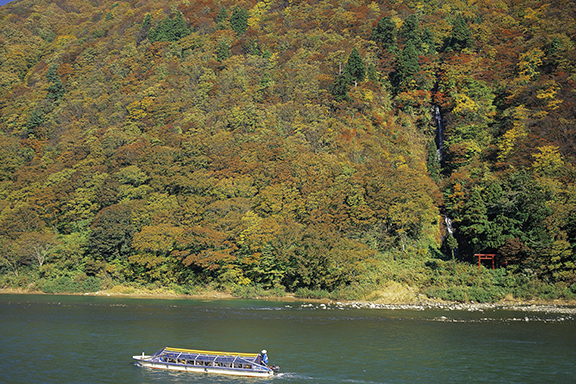
Boat ride down Mogami River (Tozawa)
Take a ride down the massive Mogami River while listening to the shanties and eloquent stories of the boatmen. The boat ride also offers some spectacular views throughout the year.
-
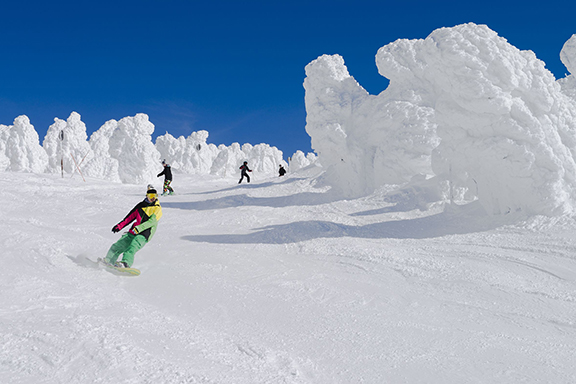
Zao Hot Spring Ski Resort (Yamagata City, Kaminoyama City)
This rare ski resort, even in Japan offers premium quality powder snow and spectacular views of the frozen trees. The charming hot spring village is also a popular draw card for skiers.
-
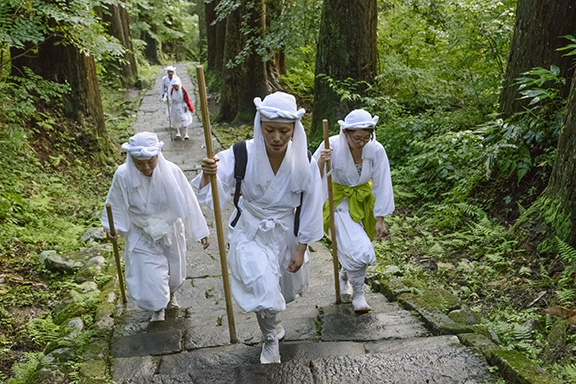
Japanese mountain asceticism
Shroud yourself in white and study the nature of the Three Mountains of Dewa and Shugendo (an ancient Japanese ascetic tradition meaning “the way to spiritual power through discipline and training) and experience the strict training and spiritual culture of the Shugendo practitioners, Yamabushi.
